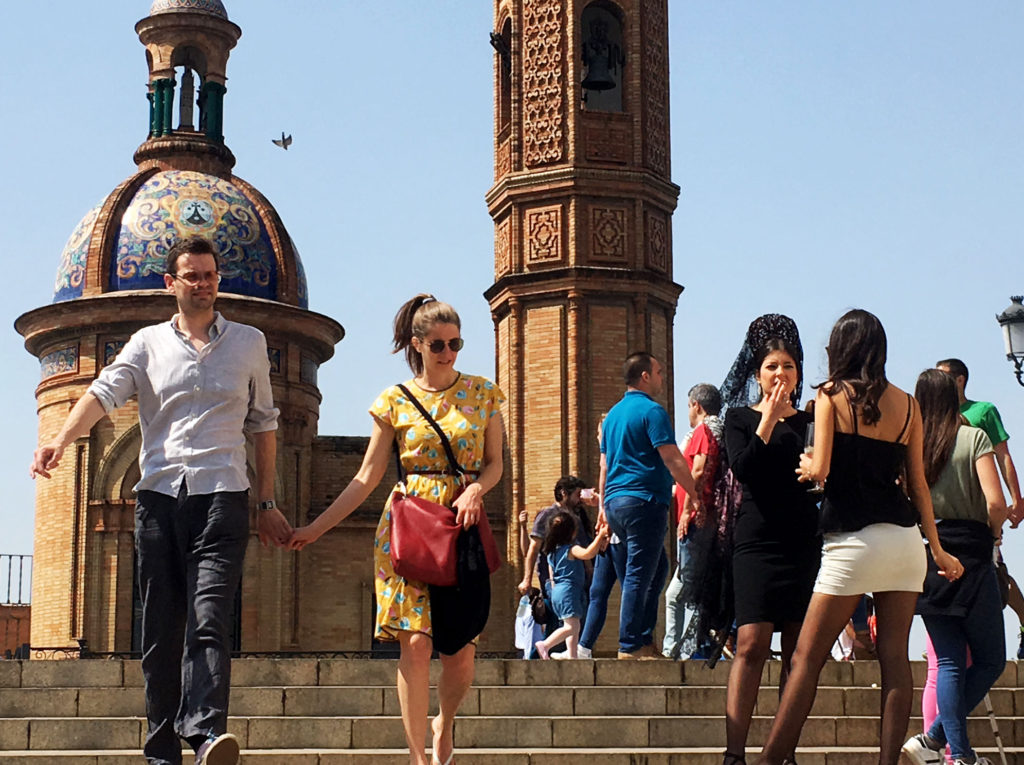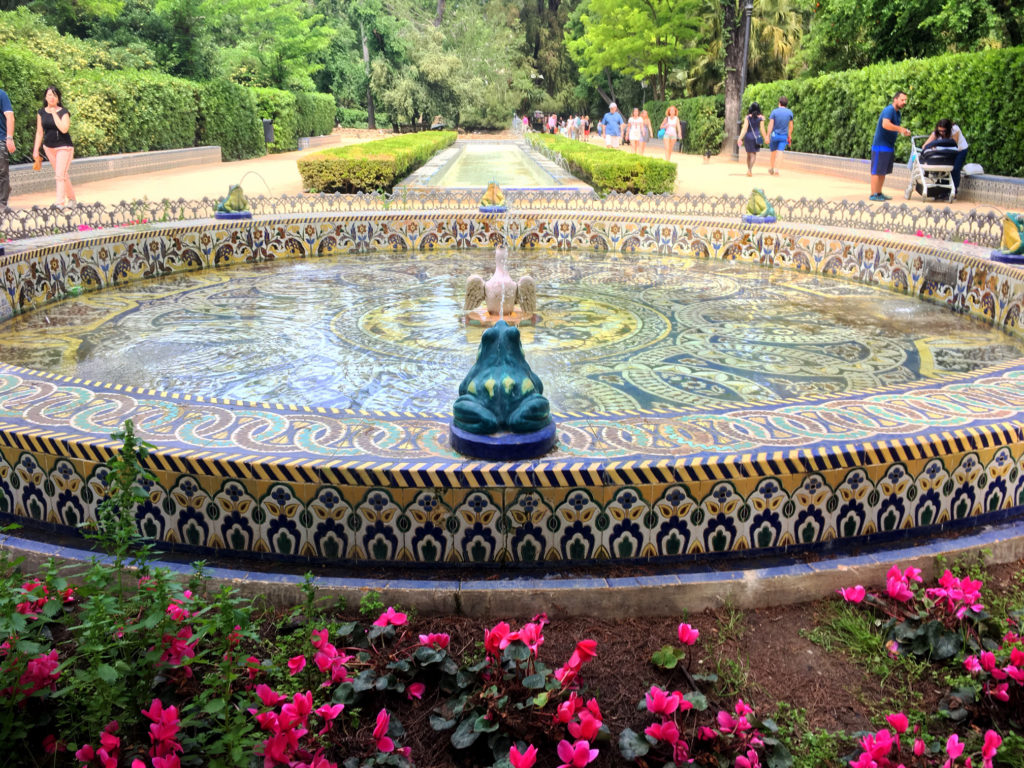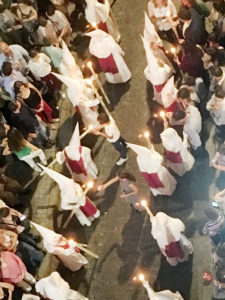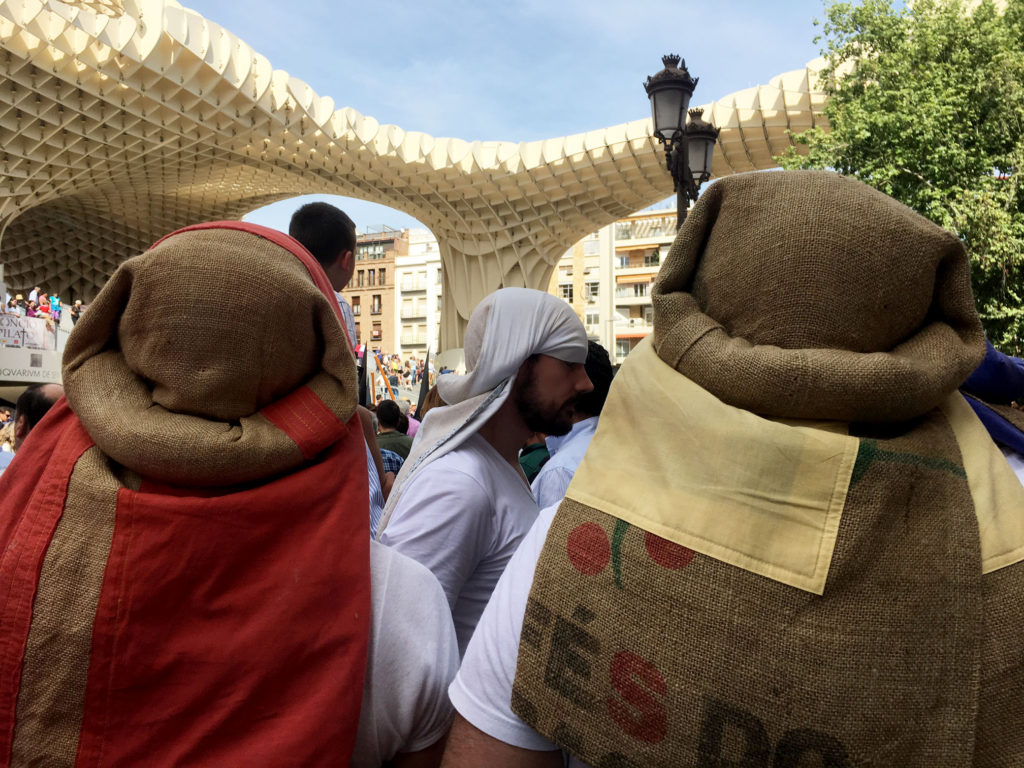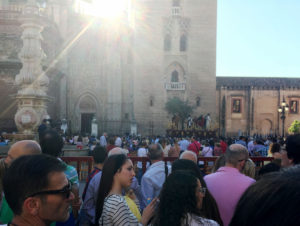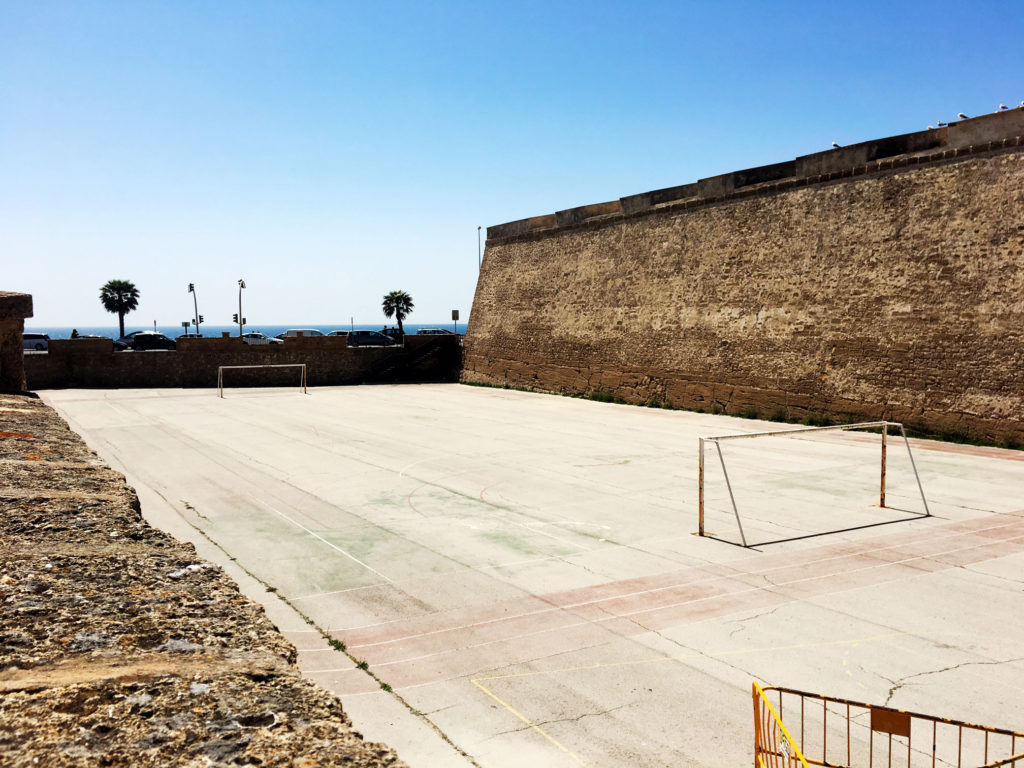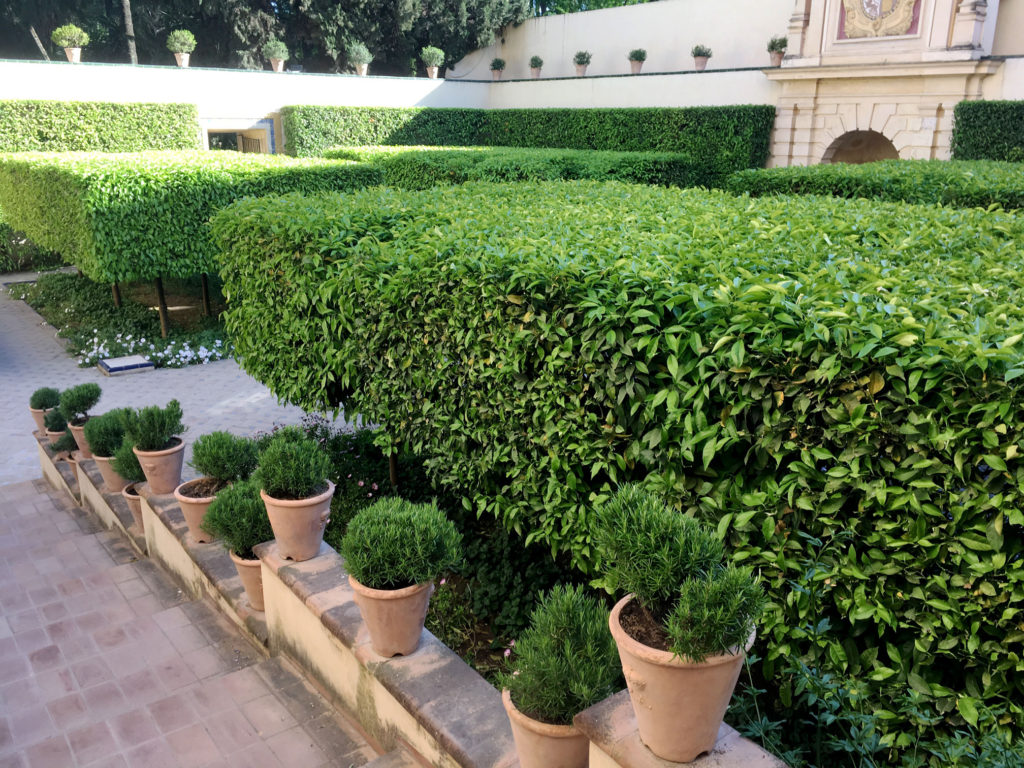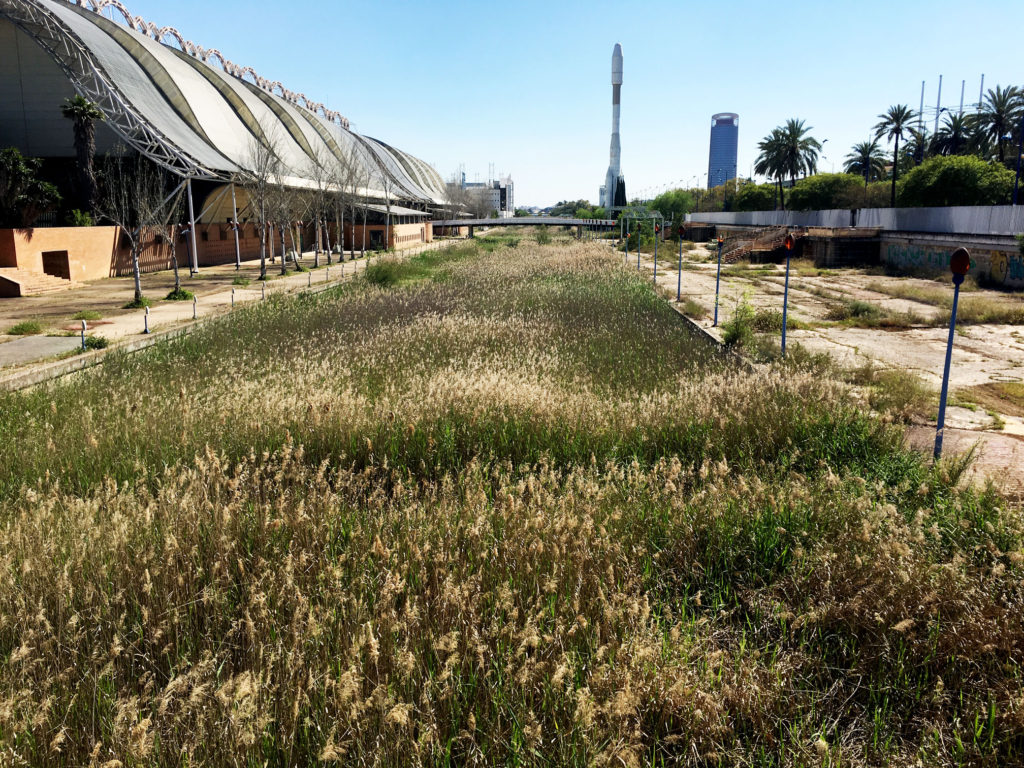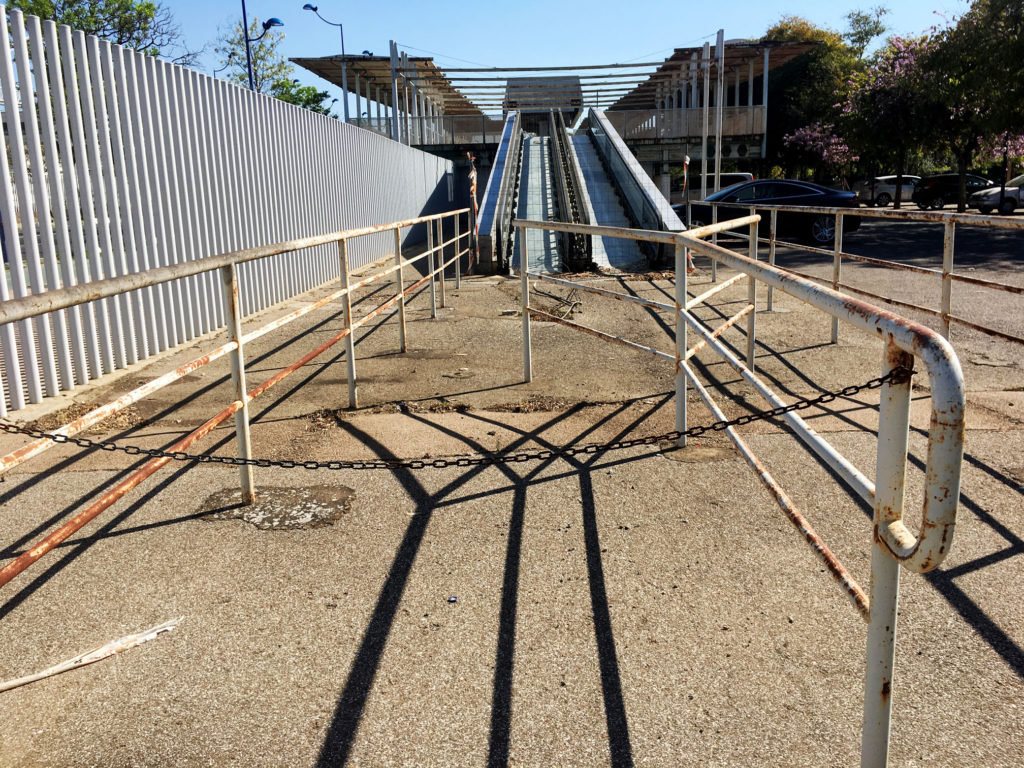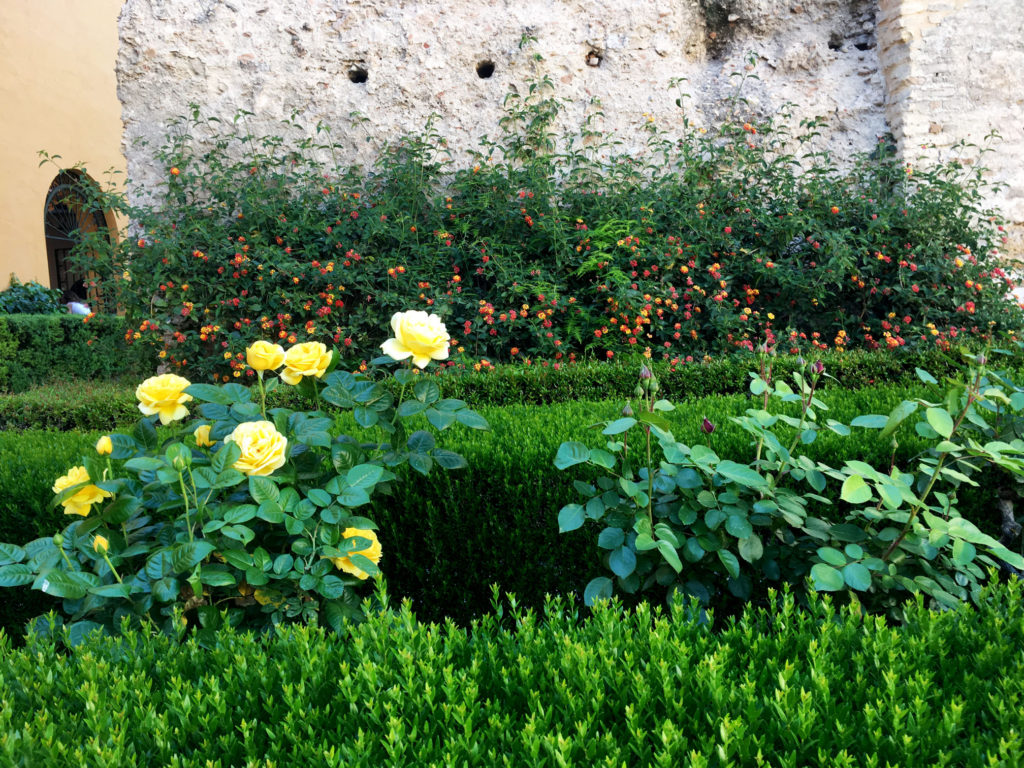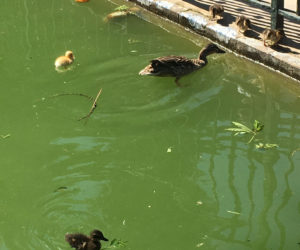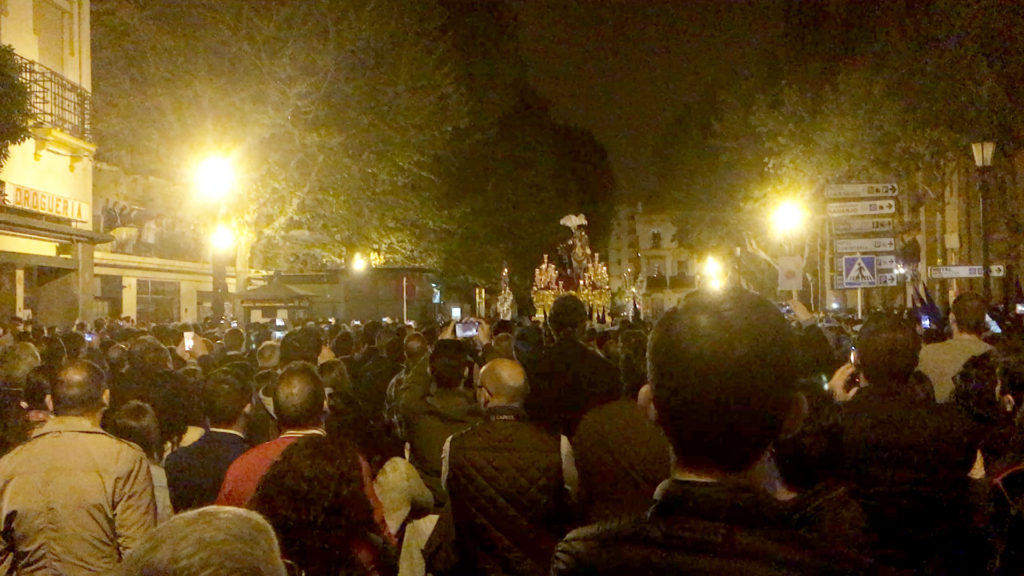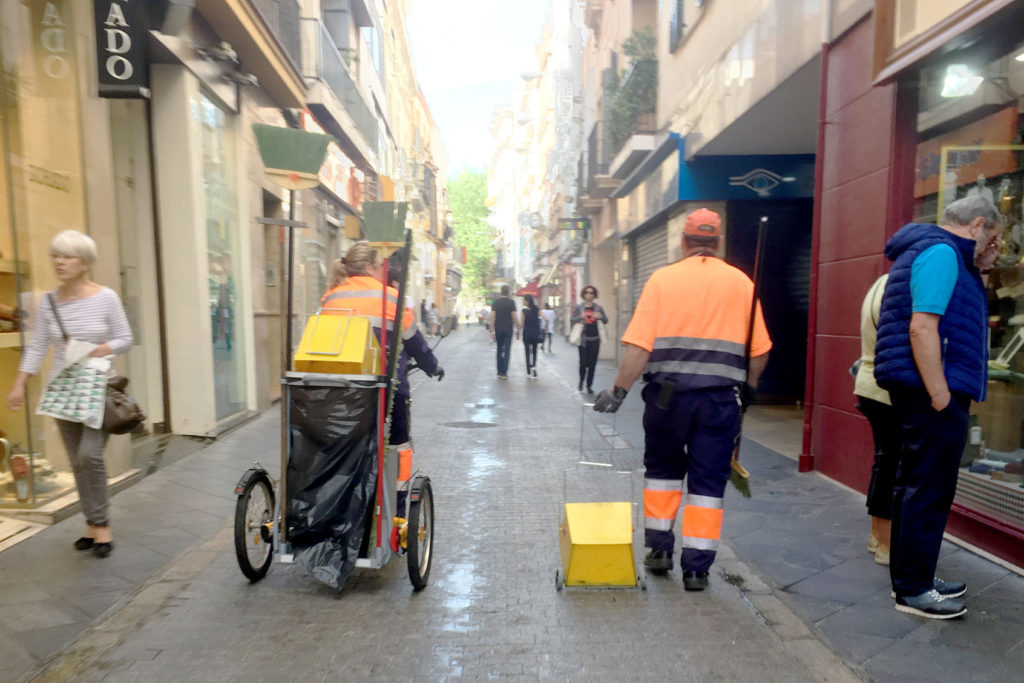Ah Sevilla, city of the sun …
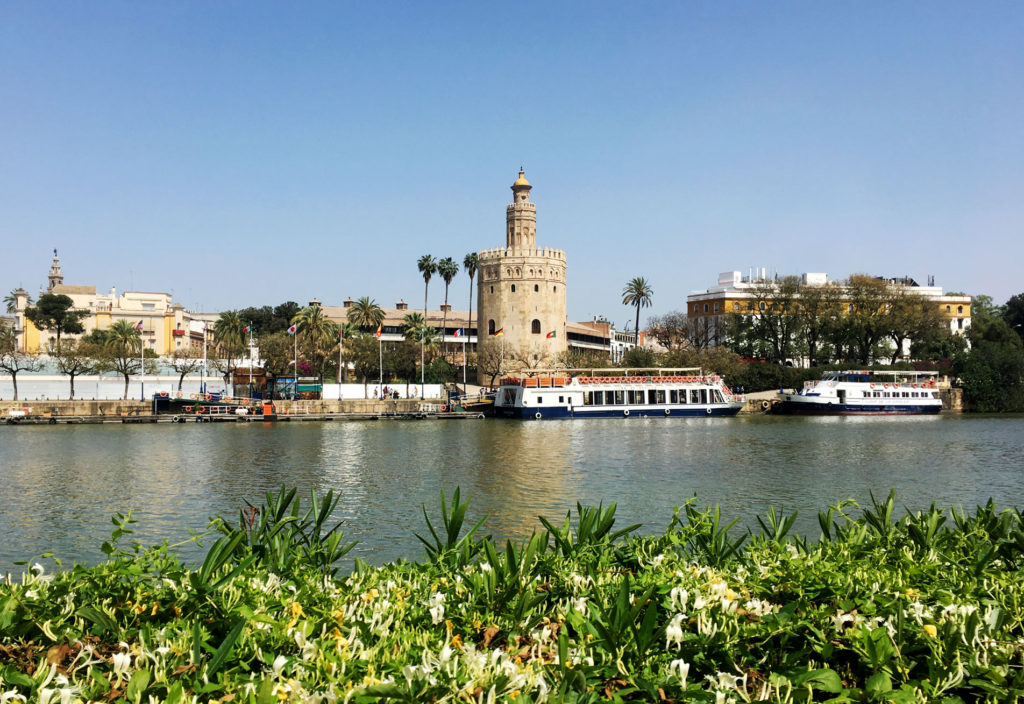
El Torre del Oro – The Tower of Gold – built in the 13th Century – across the river Guadalquiver. Like Valencia, Sevillians tired of frequent flooding so they split their river in two. This is really only half a river. The rest is round the back somewhere, dilapidated and ignored. Smell that honeysuckle!
My recent visit to Seville highlighted the built environment; how, after centuries of habitation, cities were arranged, paved and decorated for the use of humans, exclusively. Why not? What’s wrong with living in a place and making it comfortable? It’s home, isn’t it?
In Seville, the streets, shopping strips and housing areas were regularly hosed, swept and in many cases mopped with soapy water. The smell of bleach rose from the roads. Certainly in the tourist hub of Cathedral and Alcázar I imagined the use of weed killer to be high. There were no insects or creeping things to be found. I didn’t even see a cat in Seville, although that may have been due to the Holy Week (Semana Santa) processions underway each afternoon and evening. The crowds were so intense that all God’s little creatures may have decided to retire.
Some creatures were still in evidence; I saw pigeons and in the Parque de María Luisa, I saw a skink. There was a larger lizard climbing the wall of the Casa de Pilatos. There were plenty of horses dragging tourists around in shining carriages and lots of little dogs trotting through the crowds.
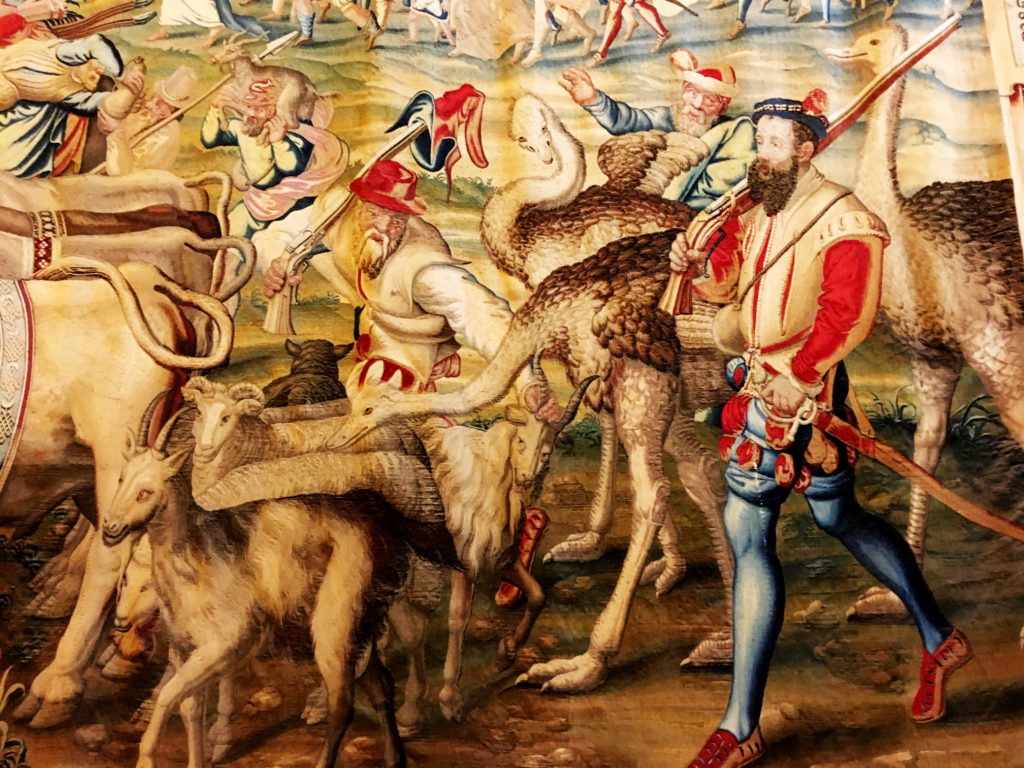
Compare the variety of wildlife on show today with those recorded in tapestry housed in the Alcazár.
I pondered the notion of our enclosing environment as I wandered around the picturesque streets of Seville, watching cheerful families, dressed in their finery, looking utterly glamorous, attending to the needs of the very young and the very old with assiduity. Small boys marched with toy drums. Small girls ate lollies.

With so many of the penitents being children there were a lot of helpful parents supplying water and treats to keep the kids going
In the processions, parents walked beside their disguised youngsters, some of whom gasped for air during the heat of the day, others handed out saint’s cards or sweets to audience youngsters with their hands out. The penitents walked with large candles, their heads covered by cones of different colours, high and pointed, best to reach heaven. After dark some canny kids collected wax from different candles as the processions waited, pausing in the streets, until they held large balls of wax drips.
Holy Week this year was marked by beautiful, consistent, sunny weather and, once lunch was over, people flocked to watch the processions. If not their own church and family, I guessed people knew where to find the best sounding bands (for there were some astonishing musical encounters that cut straight to the emotions) or perhaps where to see the best sculpts or flowers in the pasos.
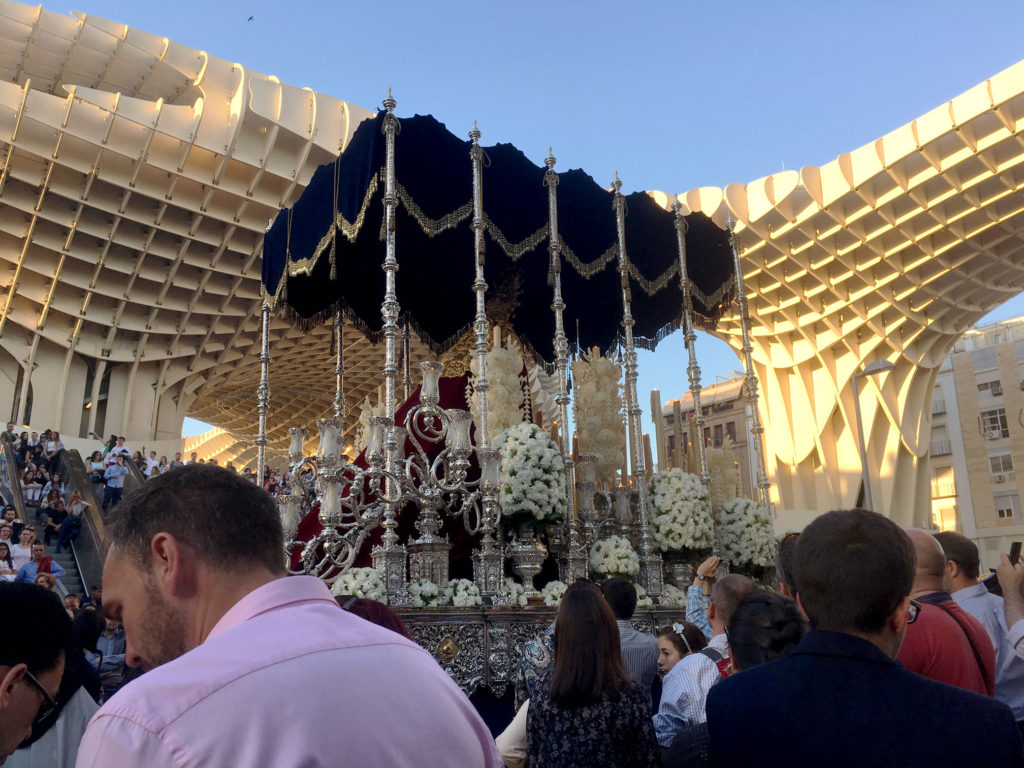
A Paso waits by the Metropol Parasol (also known as Las Setas, the mushrooms) the largest wooden structure in Spain
The pasos did seem to be the biggest draw cards, the enormous weighty displays of the sacred family; grieving Mary and Joseph, or Jesus suffering under the weight of the cross.
Thirty to fifty men labour unseen under each sculpture, which were heavily decorated in precious metals and fabrics as well as candles and flowers. They could weigh up to two tons.
Each team had a different style; lifting and shifting the sculpture to bring the agonised sacred faces to life on their journey into the Cathedral for blessing. Shadows flickered across the carved tragic faces caused by banks of candles or flaps of thickly embroidered canopies shaking in a huge puppetry display. Some specialised in the beginning, perhaps a dramatic lift (like a Citroën) jerking powerfully into the air while others gained approval by a shimmery ending as they sank to their supports. Others needed to perform intricate turns in the twisty lanes of their way, shifting back and forwards in a dance.

Oasis Hostel watches a Semana Santa procession go by, just outside our window around 10:30pm heading to the Cathedral to be blessed. Then they came back again around 1:30am. Band still sounding good. Even through the earplugs.
The men did not come out for a breather. They were handed water in a cup under the velvet curtain and only once did I see the officials around them lift the heavy curtains around the base to let some air flow through. It was a feat of strength and teamwork, similar in my mind to the feat of Castelling that happens in Cataluña. While that teamwork endeavours to go up to heaven as high as possible, the outcome of carrying these pasos is to bear as much weight and decoration as possible, to work as one to bring a symbol of family and humanity to the Cathedral to be blessed. That’s how I saw it anyway.

A live tv broadcast showed the same Paso with tree. The tv was in a bar near the Cathedral where I enjoyed a refreshing gazpacho. I could hear the band playing outside as I slurped. Note the two young penitents refueling – not all the brotherhood were men.
As family groups gathered on the streets they bought bottles of water, packets of crisps, puffed corn snacks, and tons and tons of sweeties. There were packets of assorted nuts and lots of pipas – sunflower seeds – that folk chewed and spat out as they sipped their beers.
People sat in lines on the edge of the road as they waited for the processions to pass – there were timetables printed in booklets or printed on posters along the way – seventy churches (or parishes or brotherhoods) would bring their offerings to the Cathedral during the Holy Week. Several different routes wound their way through the streets.
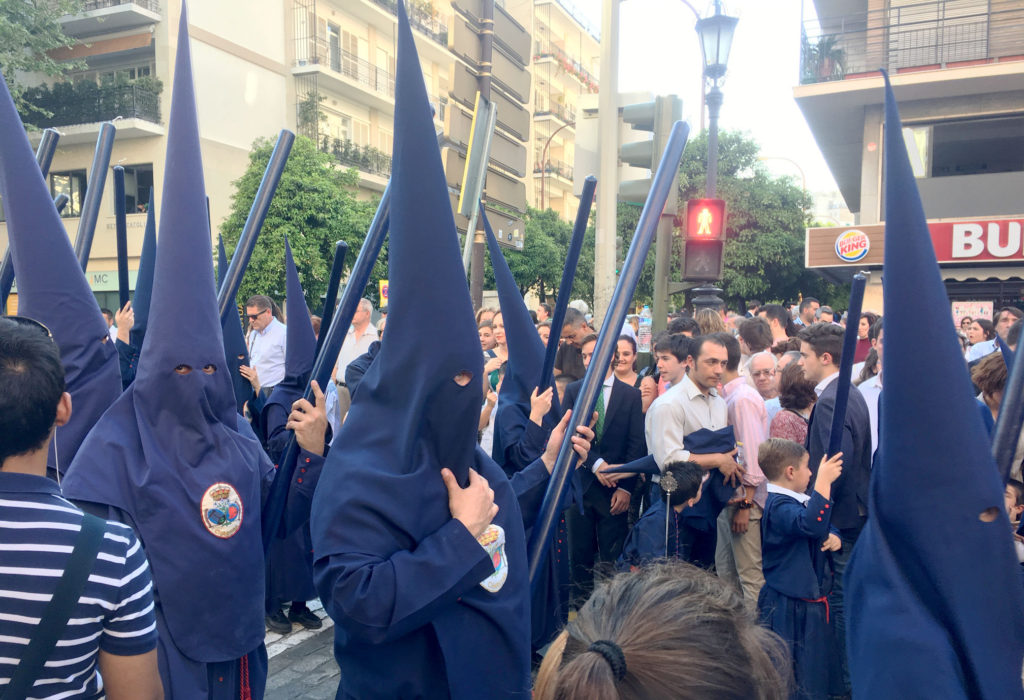
There’s no crossing the roads when the processions are moving. Even when they are waiting, the light says stop.
Bars were open to buy beer, pizza, calamari and tons of different ice creams or gelatos were available. And the rubbish piled up. Not just in bins but also near bins and, in the case of the folk waiting in line, just dropped at the feet. It was as though they were at home watching tv, knowing mum would be along to pick up after them. And she was; those ever-present cleaners got to work immediately after every procession. The last penitent, the last paso, the last official, the last band member filed past and the onlookers fell in behind like Titanic victims sucked into the vortex of the sinking ship (I know it’s a myth, I saw Mythbusters too.) In an hour the streets would be free of litter, the washing truck would have done its work and the officials would have removed all barriers and chairs to stack them neatly for the next day.
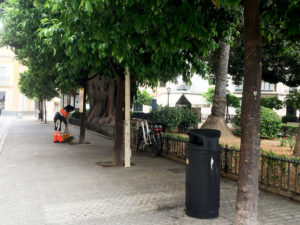
Nice and tidy by the Museo del Belle Artes early in the morning
Any plant life in this built environment had to be tough. Big fig trees featured in Seville, and in Cadiz, the first I’d seen since Sydney. Where in Sydney, lawn, or even a fringe of deep-green clivia knife-leaves might surround those big dripping trees, most of the Spanish figs I saw were surrounded by paving. There might have been a myrtle hedge or a spindly rose garden nearby but instead of lawn there would be weeds (whose days were clearly numbered). Attempting to avoid the crowds I decided to take a daytrip to Cadiz on the Costa de la Luz (Coast of light), another historic area.
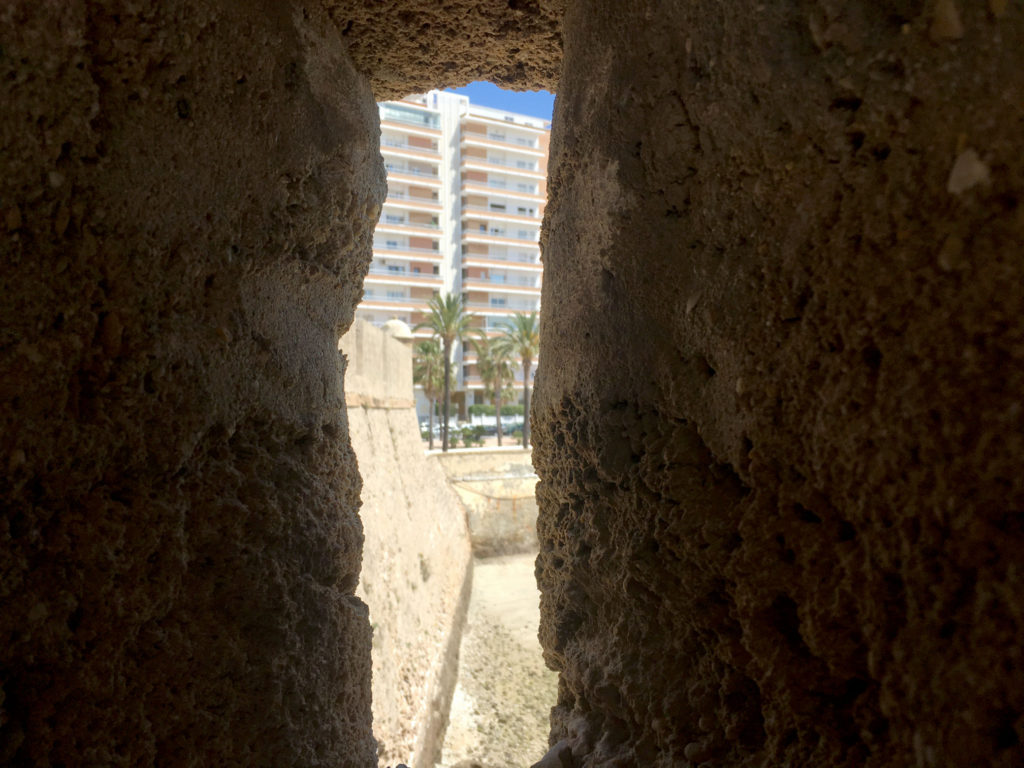
I love a good embrasure but this, in a seaside fort called Castillo Santa Catalina, failed to defend Cadiz from unsightly development
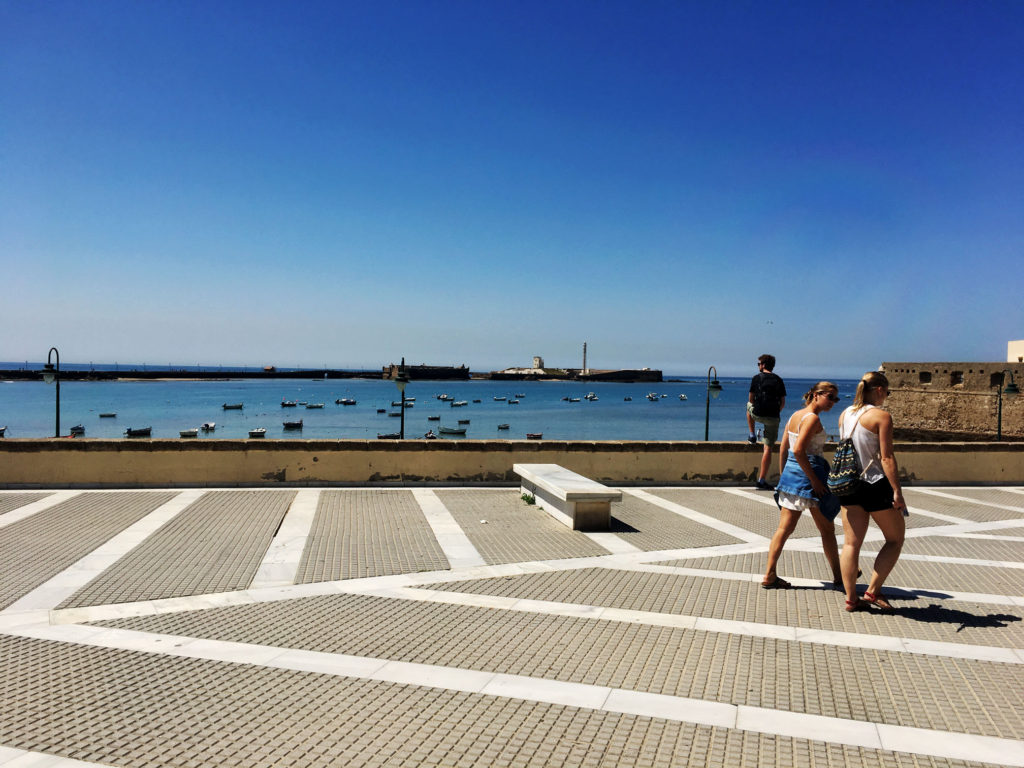
Looking over to Castillo de San Sebastián in Cadiz – an evocative fort that must have witnessed many a battle on land and sea. Note extensive paving.
Back in Seville, I relaxed in the famous Alcazár’s natural-looking grassy area called the English woodland. Surrounding it were formal paved gardens, always keeping nature in straight lines. Perhaps it was this contrast that made me realise just how much of Seville is paved.
The patios I saw around Seville featured gorgeously decorated glazed tiles, pot plants and imprisoned trees. As I peered down from the Cathedral’s tower, the green of the orange grove looked park-like, but it was really just trees in boxes.
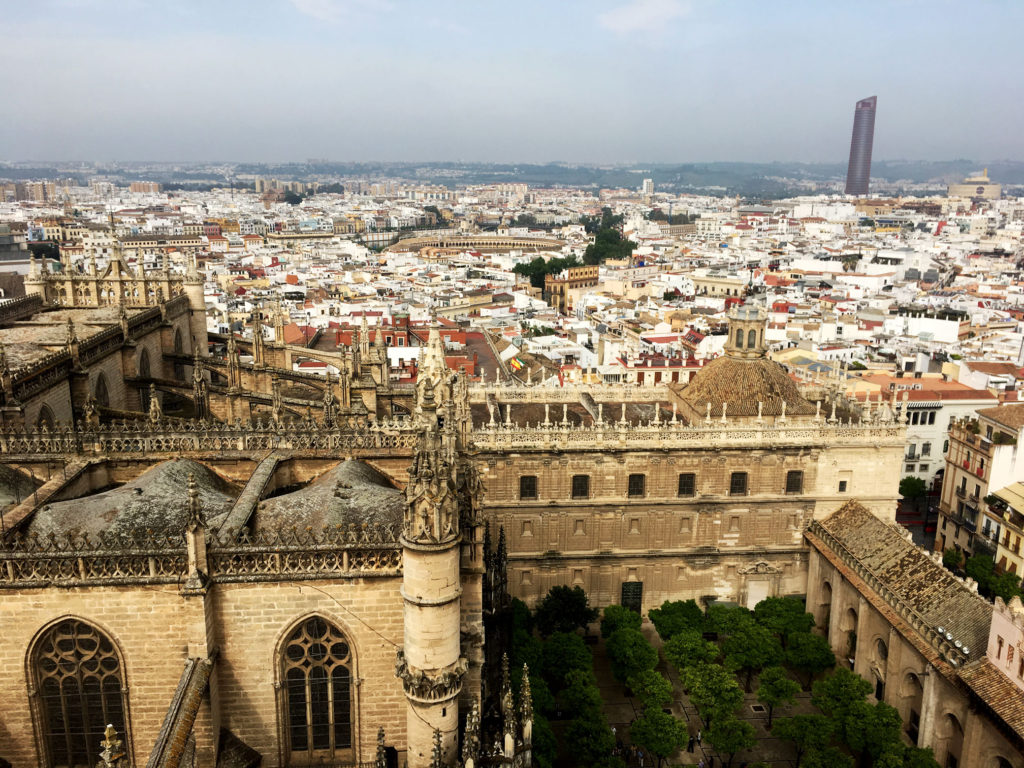
The view from the Giralda, the tower of Seville Cathedral. The Giralda is the former minaret from the mosque that the Cathedral is built upon. Check out that office tower! (Don’t you think town planning is an art?)
Vines in the Parque de María Luisa, particularly bougainvillea, with some wisteria or clematis, raised the riot-colour above pergolas while horses hooves clopped and scraped along the paved roadways. All those paved areas must be incredibly hot in the summer.
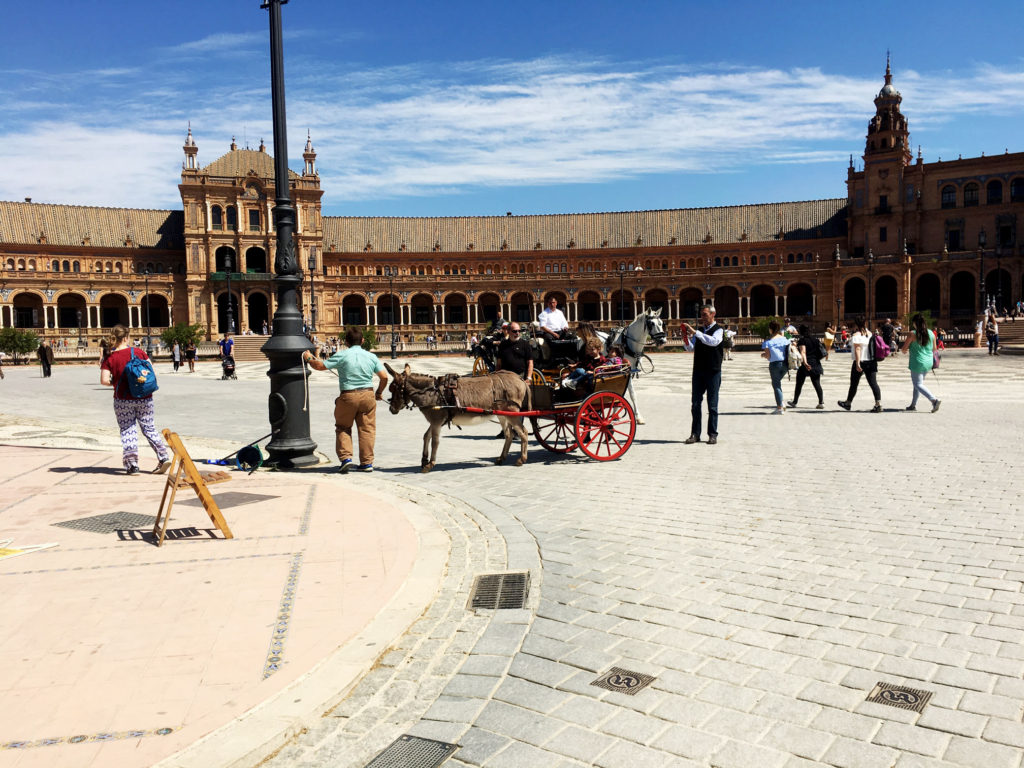
The Plaza de España is regarded as alien architecture, which is why it featured in Star Wars II. Also, this is not a horse.
Plaza de España was the site of the 1929 Expo. Given it was such a success, Seville thought they’d get into the act again and, in 1992, hosted another Expo. I explored that site with great interest.
The site of Expo 92 did not enjoy the same success as its predecessor. Some industry has been injected into the area but mainly it’s a paved ghost town. Which leads to the question, can the processions not move to the more spacious part of the Seville built environment? No. They can’t. The pasos have to go to the Cathedral. Through ancient winding thin streets crowded with people.
From Genesis – ‘Let the waters team with countless living creatures and let birds fly above the earth across the vault of heaven,’ as quoted in Edward O. Wilson’s Half-Earth; our planet’s fight for life. Mr Wilson points out that wilderness is remaining land that is not used by humans. It may or may not be pristine, it might be weedy for instance, but it has been left alone. And clearly there’s very little of it in Spain and other European countries where humans have evolved, developed and paved. To me, coming from Australia and New Zealand where human footprints have left lighter scars, a thousand-year-old castle is almost beyond comprehension. And you couldn’t pave all of Australia. (Yet.)
One of the results of this manicured, cleaned and organised built environment was the paucity of diversity. There were plane, pine and palm trees aplenty. There were rose bushes. There was lantana and some oleander. But there was not great biodiversity. There were plenty of pigeons, doves and few ducks. But there were not thousands of species alive and well living in harmony with humans.
Given the built environment in Seville, although lovely with Cathedral, palaces and windy streets, is not a great habitat for animals, I began to harbour doubts about how safe it might be for people (a kind of animal after all.) I happened to get caught up in a couple of stampedes, or avalanches, during the dawn service, La Madrugada, on Friday morning. Known as the highlight of the Semana Santa, the crowds pressed together to watch the pasos near the Cathedral all night long. I did not see any children.
The panic began as a swelling of sound, dreadful and ominous, and it swept up hundreds of penitents, thousands of onlookers and dashed us all amongst each other, screaming, weeping and falling. It was a demonic thunder in the night, the ground reverberating, people pushing and running and looking around to find it; the truck, the terrorist, the anything? It was just plain, simple, bare, terror. That was all. And it only lasted a moment.
Thank goodness, brave people, like a man near me wearing a grey jumper, lifted their arms and lowered them, palms down, urging the crowd to calm. Those various people saved lives, I’m sure, that night. As I turned back after the panic wave had landed me on the footpath, I noticed a shoe in the gutter in front of me. A cardigan lay crumpled to my left. A pair of glinting eyeglasses had been crushed under a hurried foot. Everyone could see there was no truck or shooter but equally everyone could see the man lying akimbo on the ground in front of the kiosk, and a girl weeping, sitting in the gutter, and all of us, shaken to the core, gasping and thinking of Christmas markets, Westminster Bridge and Nice. Police arrested eight people. They had incited the riot by shouting and crashing metallic objects together. Apparently in 2002 there were more serious incidents and I was told the penitents were schooled to go to the walls or lie down if there was a stampede. So the ones urging tranquility were indeed trying to prevent greater harm.
And so the band played on, with their tiny trumpets carolling into the guts, the encouraging applause echoing from the buildings with the clouds in the sky acting as a roof, shutting in and magnifying the noise. The crowd approved and the procession continued, relief and alarm in awkward balance. As I made my way back towards my hostel the way became impassable. The panic happened twice more. People climbed light poles and trees. There was simply nowhere to run.
An elderly lady watched from a window above the procession. She looked so alarmed as people screamed and jumped out of the way of the phantom truck her hand went to her heart and then she too tried to press down with her hands, like that man in the grey jumper from before. Pressing down with all her might to smother the fears of the people surging in front of her. She made the sign of the cross over her heart and looked to the party-people crowded into the flat over the shop next to me, shrugged, sighed, shook her head, all the time trying to calm the crowd. I’m not sure but she could have said, or gestured, ‘It’s just panic’. The third time less people moved after something crashed and a high young female voice screamed in eerie isolation. The crowd remained skittish then, like cattle about to be drenched or horses led to the starting line, turning nervously and rolling their eyes toward any strange sound. An ice-cream parlour with five young employees lined up by their wares, obviously closing early, rattled down their metallic-grill door; a dad holding nervous girls in a duckling-line sought the least disruptive way through the continuing silently moving procession. This paso featured Jesus and his cross. He struggled on with his burden and the forty odd men under him worked together with all their might to bring heaven to earth for one night.
The golden light glowed as people regrouped, found their friends, realised they were safe with their families and prepared to leave. The elderly lady spoke at length on her telephone, her hand either on her heart or gesticulating with worry. Young people left the march with worried parents, distress and alarm writ large on their faces. After a while more parents pushed through to pick up their young people – the meetings clearly the result of texting – to embrace them and to carry them away even as they removed their cone hats, some walking in their socks or bare feet. As I left, further away, more people, with fresh picnic hampers, little fold-up stools and happy anticipation walked toward the epicentre. Perhaps dawn was near.
A few days later, back in Barcelona, I decided to visit the Maritime Museum. It’s near the port, at the end of Las Ramblas. (Well worth a visit for the Royal [slave] Galley.) Some colourful costume players who entertained the crowd of merry tourists grabbed my attention. A classic Alien creature, performed extremely well, slyly embraced a short hipster while his friends doubled up in laughter and tried to stop shaking enough to take their photo. On the other side of the footpath a duo of monster warriors had captured a father/son pair and were preparing to behead them with scimitars; warriors, costumes and scimitars all painted the same shine of silver. The father/son pair squirmed in hilarity while granny raised her phone to record their silly troubles. A jolly throng, dressed in colourful summery gear, soaking up the sun and Barcelona atmosphere, surrounded these ‘scary’ pantomimes. And so I continued around the corner and in front of me stood a giant, black, armoured vehicle, flanked by two large police officers holding machine guns at the ready.
In my lifetime the population of the world has more than doubled. Our home is smaller and smaller. There is no room for terror. There is barely enough room for us.
